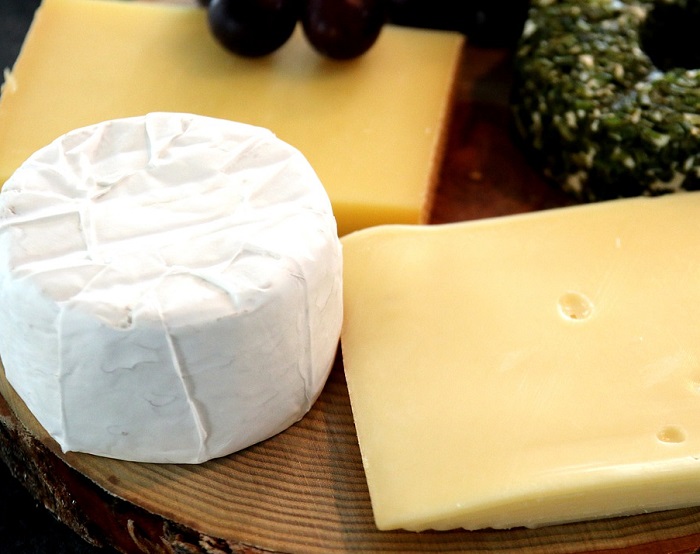
A naturally occurring substance that grows on cheese and other dairy products kills cancer cells and a deadly antibiotic-resistant bacteria, researchers at the University of Michigan have discovered.
The natural preservative is called nisin, and in lab tests with rats it killed 70 to 80 percent of tumor cells and colonies of bacteria.
“Mother Nature has done a lot of the research for us; it’s been tested for thousands of years,” Dr. Yvonne Kapila, a professor at the University’s dental school said in a press release. “To date, nobody had found bacteria from humans or living animals that is resistant to nisin.”
Kapila’s team used what it called a “milkshake” of pure nisin in the tests. Kapila said more research will be needed to determine if nisin can be turned into an effective treatment.
Beet Powder: The Ancient Secret To Renewed Energy And Stamina
“The application of nisin has advanced beyond its role as a food biopreservative,” Kapila said. “Current findings and other published data support nisin’s potential use to treat antibiotic resistant infections, periodontal disease and cancer.”
Nisin also was successful in fighting deadly bacteria such as antibiotic-resistant MRSA. Researchers experimented with using nisin to treat infections of the skin, respiratory system and abdomen; and oral health, according to the press release.
Kapila and her team say a megadose of nisin was needed to fight cancer: 800 mg/kg, and not the rate of .25 to 37.5 mg/kg found in foods.
Nisin is a naturally occurring food preservative that grows on dairy products. It is odorless and colorless and found on some popular varieties of cheese, including cheddar, brie and camembert.
Just 30 Grams Of This Survival Superfood Provides More Nutrition Than An Entire Meal!
Nisin works for two reasons, the press release said: 1), “it binds to a static area of bacteria, which gives nisin the opportunity to work before bacteria changes into an antibiotic-resistant superbug,” and, 2), “nisin kills biofilms—colonies of bacteria that group together into a fortress that thwarts antibiotics.”
The next step, researchers said, is to duplicate the findings in a clinic setting with humans.
The study will be published in the Journal of Antimicrobial Chemotherapy.
Are you surprised by the study’s findings? Share your thoughts in the section below:












